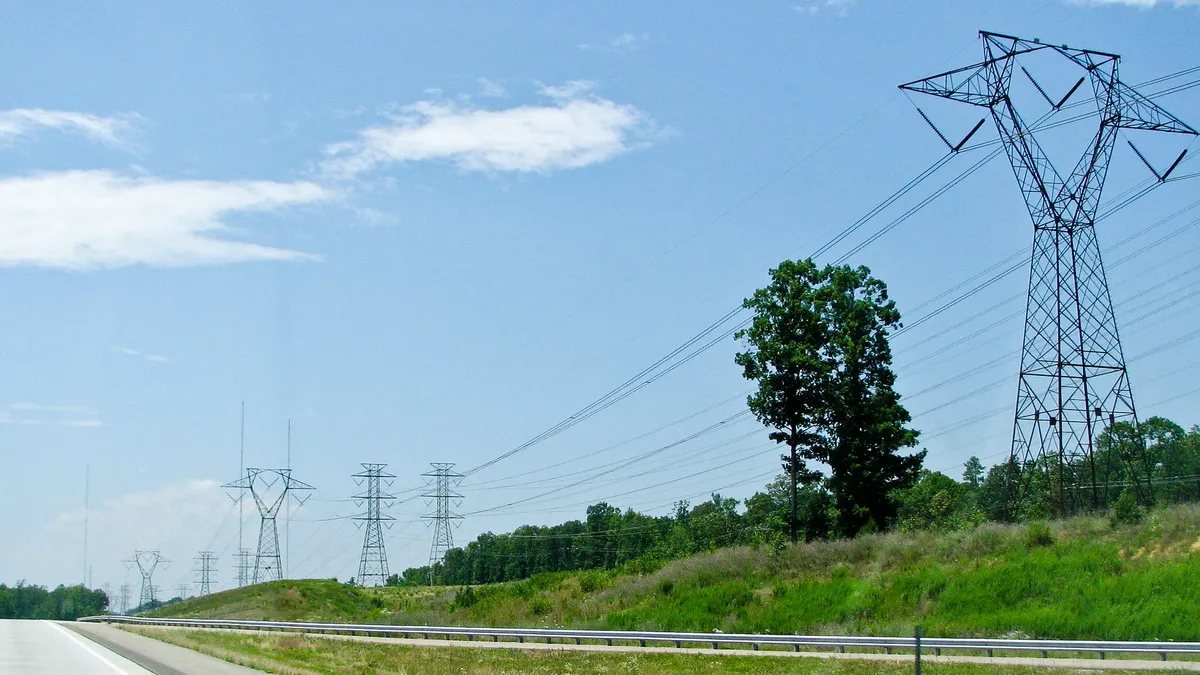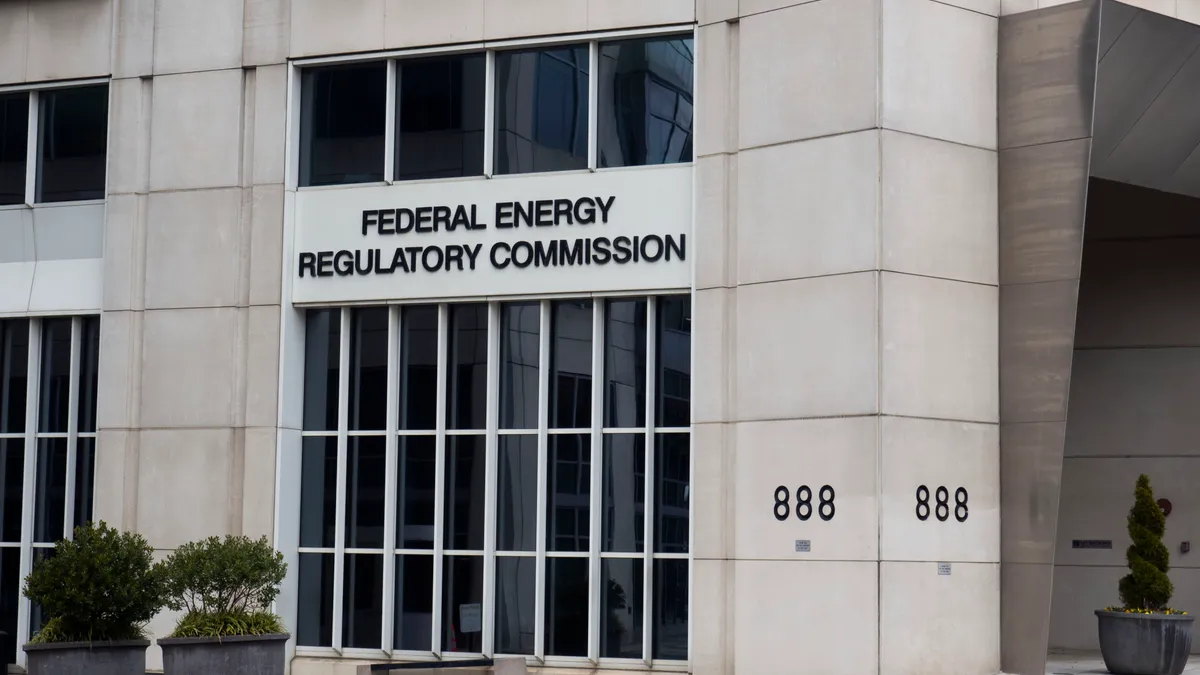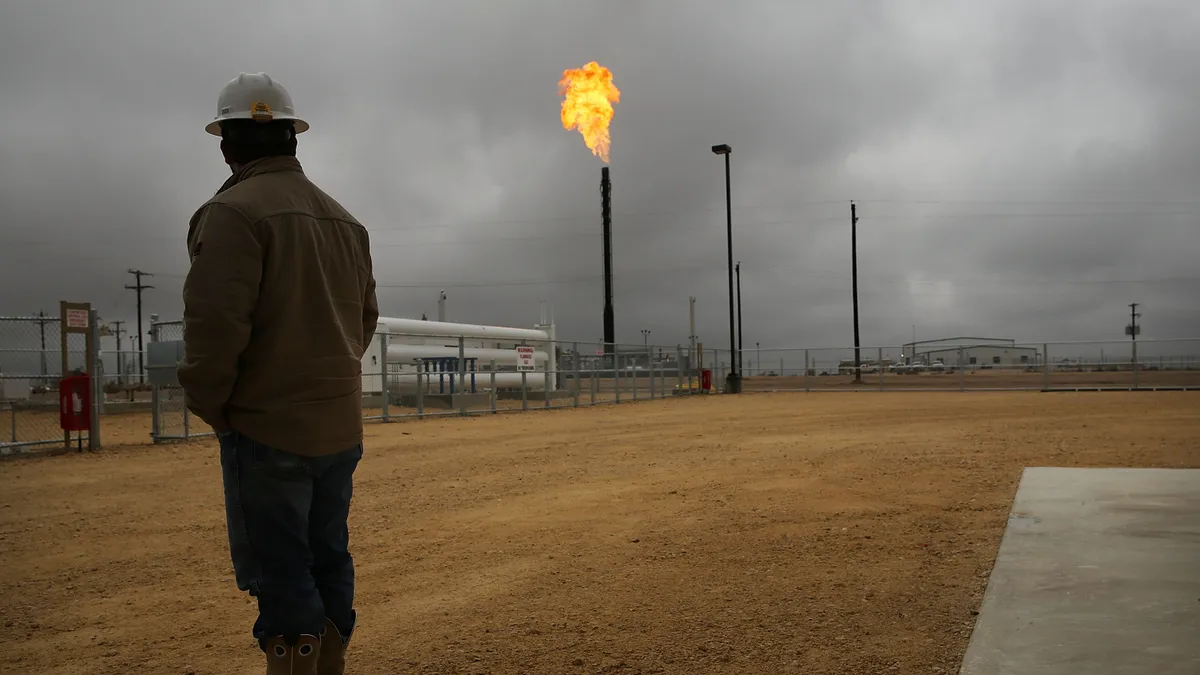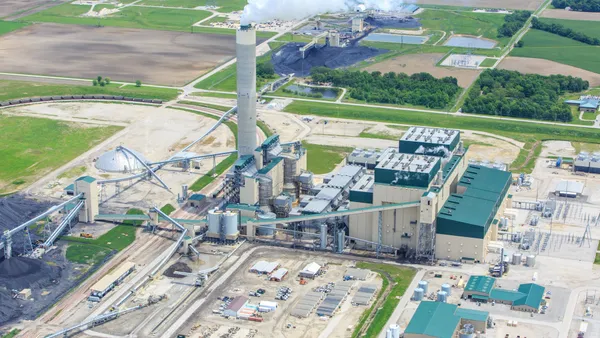The Federal Energy Regulatory Commission should reduce the proposed return on equity and deny various incentives for a roughly $3 billion transmission project planned by Transource Energy, Dominion Energy and FirstEnergy, according to Friday filings at the agency.
The Valley Link transmission project, which includes two 765-kV backbone transmission lines, is part of the PJM Interconnection’s latest Regional Transmission Expansion Plan, which was approved by the grid operator’s board in late February. The project is slated to come online in December 2029.
The project is set to be built by Valley Link Transmission, a joint venture between Transource (36%), which is owned by American Electric Power and Evergy, FirstEnergy (34%) and Dominion (30%).
Valley Link in mid-March asked FERC to approve formula rates and transmission incentives for the project, which the company said will “ensure reliability and brings innovative collaboration to large-scale infrastructure development in PJM at a time when efficient and cost-effective regional transmission development is essential.”
Valley Link is seeking a 10.9% base ROE, plus an additional 0.5% for belonging to PJM. It also asked for a suite of incentives for the project, including “construction work in progress,” the ability to recoup any prudent costs it may have incurred even if the project is abandoned and a hypothetical capital structure of 60% equity and 40% debt.
The proposed ROE and incentives will ease the risks that Valley Link faces as a startup transmission developer, the company told FERC. “Valley Link will face significant risks and challenges in financing, developing, and constructing the project portfolio,” the company said.
The incentive package results in “an impermissible transfer of risk onto ratepayers,” the Maryland Office of People’s Counsel, which represents residential ratepayers, told FERC on Friday. Also, the proposed base ROE appears to be too high, according to the OPC, which urged FERC to reject Valley Link’s application.
“The repeated references to Valley Link’s ‘start-up’ nature are disingenuous because the participants are well established utilities with strong credit ratings,” the OPC said. If FERC doesn’t reject the proposal, the agency should hold a hearing process to review the application, the office said.
Valley Link’s proposal also sparked protests from residential utility customers, such as Theresa Ghiorzi, a Virginia resident. The northern 765-kV transmission line of the Valley link portfolio is similar to the Potomac-Appalachian Transmission Highline project that was canceled by PJM and abandoned in 2012, leaving ratepayers with a roughly $250 million charge through the project’s “abandonment” incentive, Ghiorzi said.
FERC Chairman Mark Christie has cited the PATH project as an example of how the agency’s incentives for transmission projects can shift costs onto ratepayers.
Growing electric demand from data centers in Virginia should be met with new power plants, not transmission lines, according to Ghiorzi, who noted that PJM’s market monitor has called for the grid operator to create a mechanism so PJM can compare the costs of transmission and generation alternatives.















